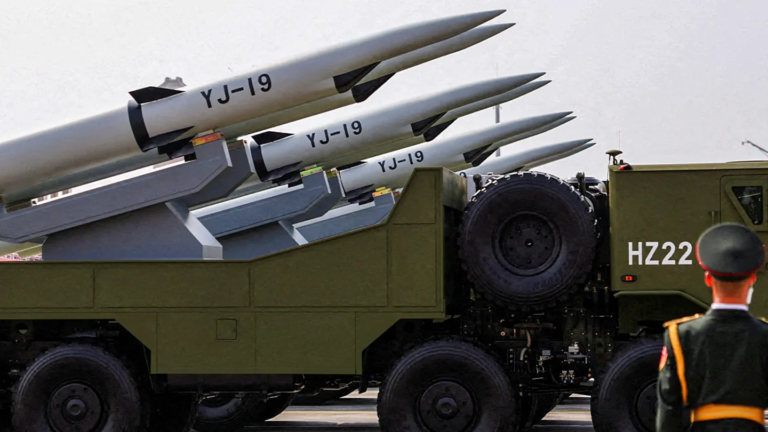
When the United Kingdom handed over Hong Kong to China in July 1997, the arrangement centered on a promise: China would govern the region with a “one country, two systems” approach that preserved much of Hong Kong’s autonomy and capitalist practices, at least for the next 50 years.
Barely halfway to that 2047 benchmark, however, Beijing is dismantling its pledge to Hong Kong and the world. Once “the pearl of the Orient,” the global financial hub’s appeal to many of its 7.2 million residents, investors and others has declined precipitously, especially since China invoked a national security law in 2020. Hong Kongers have immigrated to the U.K. and elsewhere. Companies and investors have soured on the region’s prospects and opened businesses in other financial centers such as Singapore and Tokyo.
The security law, which was imposed after pro-democracy protests in Hong Kong in 2019, curtailed dissent and imposed restrictions similar to those in mainland China. It repressed voting rights, limited speech and press freedoms, and underpinned arrests of pro-democracy activists and lawmakers, changing Hong Kong residents’ lives and drawing global criticism.
Hong Kong’s Beijing-backed leaders passed legislation in March 2024 expanding the security law and solidifying China’s rule. Local leaders and China’s National People’s Congress now must approve government directives.
Such moves were not envisioned under the agreement that preceded the handover of Hong Kong after 156 years as a U.K. colony. Intended as Hong Kong’s mini-constitution for the subsequent half-century, it said China would provide for the region’s diplomacy and defense while protecting freedoms of assembly, expression, the press and religion.

IMAGE CREDIT: REUTERS
Since 2020, however, Hong Kong “has suffered an unprecedented series of setbacks,” Reporters Without Borders stated in its 2025 World Press Freedom Index. Hong Kong placed 140th among 180 nations and territories in the annual assessment, falling more than 100 positions from its ranking 20 years earlier. “The Hong Kong government takes orders directly from Beijing and openly supports its attempts at censorship and the dissemination of propaganda,” the nonprofit reported.
Hundreds of pro-democracy activists, former lawmakers and journalists have been arrested and imprisoned. Others have bolstered Hong Kong’s growing and outspoken international diaspora. Human rights and legal groups have condemned the crackdown on Hong Kong’s pro-democracy advocates.
Hong Kong officials in July 2025 proposed restricting prison visits by lawyers, religious leaders and medical doctors, a move that critics said would undermine detainees’ rights, Reuters reported. Hong Kong’s Security Bureau claimed some visits portrayed as humanitarian relief had “aroused [prisoners’] hatred” of local and national governments, the news service said.
Such actions “have not only drawn international condemnation but have also raised questions about Hong Kong’s status as a global financial hub and extinguished hopes that the city could ever become a full-fledged democracy,” the Council on Foreign Relations (CFR), a United States-based think tank, reported in July.
China’s authoritarian leaders, meanwhile, hoped Hong Kong would remain a gateway for the nation’s trade. “Beijing’s ideal scenario is to keep Hong Kong as a financial center without all the freedom,” Victoria Tin-bor Hui, a political science professor at the University of Notre Dame in the U.S., told CFR. “But it seems that you really cannot maintain Hong Kong’s international financial standing while stifling its freedom.”





